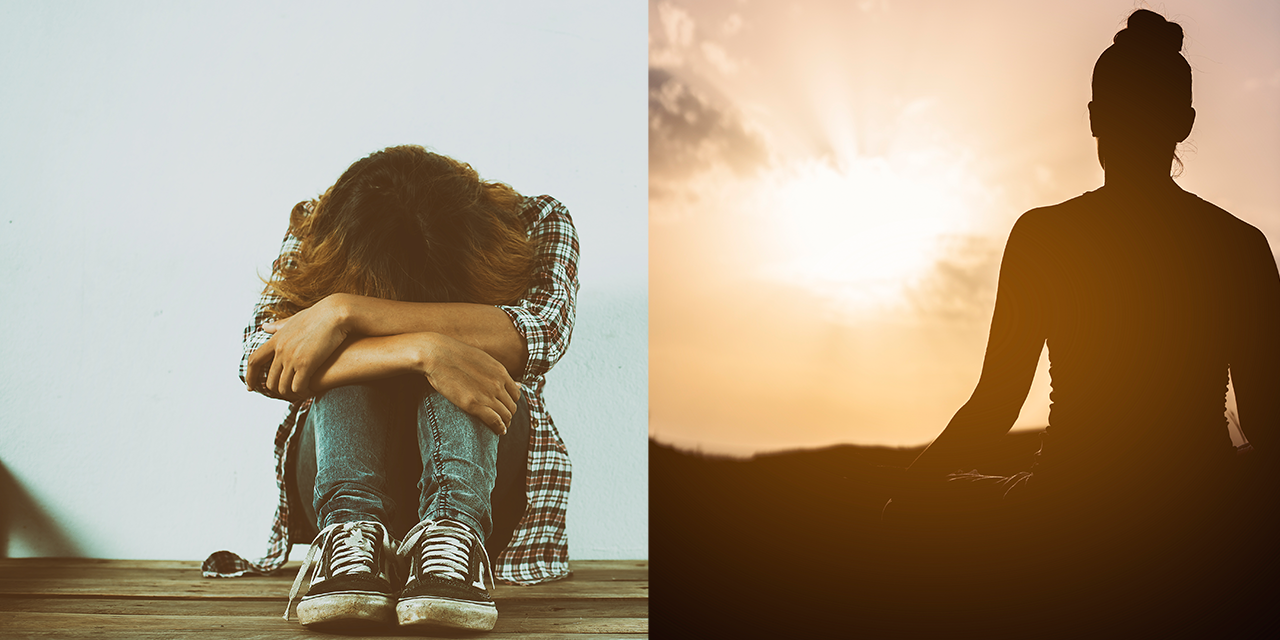Yoga helps with the improvement in signs and symptoms related to trauma in people exposed to trauma, people with a history of adverse childhood experiences or a diagnosis of PTSD. Yoga also helps patients receiving psychotherapy and/or antidepressant therapy as an add on therapy.
How does yoga help with trauma?
• You stay in the present moment; the bitterness of the past and the anxiety of the future loses its dominance in your life
• You learn to develop strategies to cope with current challenges and stresses
• The sympathetic system predominance reduces, heart rate variability and parasympathetic system activity increases
• You develop compassion and self compassion; your judgments and criticism about oneself and others softens.
• You start to accept yourself
• You start to accept the past and learn to leave the path behind.
The patients took 2-3 yoga and/or mindfulness meditation lessons/weekly for 8 weeks. The patients felt better and their depression and anxiety levels decreased at the end of study period. Plus, their coping abilities with chronic daily life stress increased and their sleep improved.
I suggest that patients with a traumatic background -especially those who have not done yoga before or has not entered a class before – begin their yoga practice with trauma-sensitive yoga, yin yoga or viniyoga classes. Because most trauma patients do not like to be touched, corrected or make mistakes in public; hatha yoga classes may be overwhelming, especially in the initial period. Patients may not like this and may not want to return to class. As the person strengthens and gains experience; it becomes easier to attend more advanced classes. As always, one should not expect results in 1-2 classes. Trauma treatment is a slow healing process; it is very important to not to hurry, be patient and stay positive; and to keep moving on without giving up.


